Cowpeas – Making everyday bread with badjias
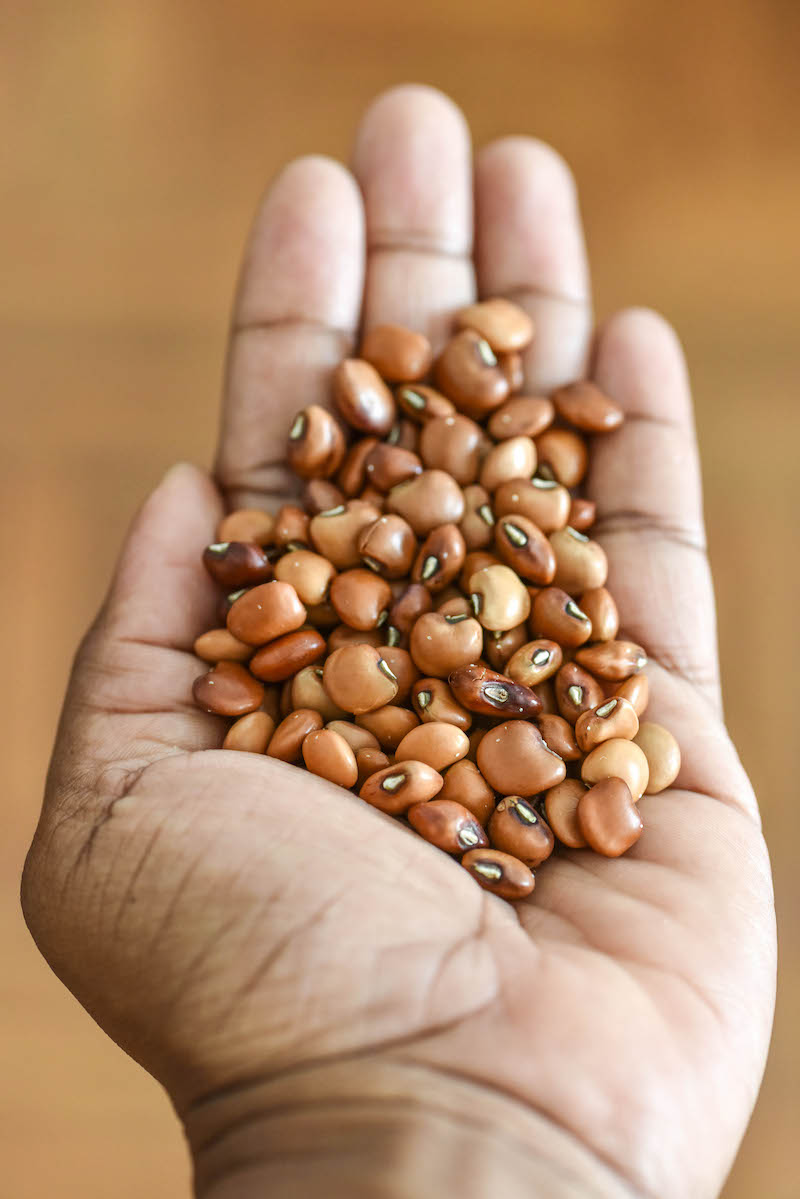
“It is an excellent source of protein, B vitamins, carbohydrates, fibre and other essential nutrients such as iron and calcium.”
“Bring out stupidly cold beer for a battalion / And let’s soak the beans”, sings Chico Buarque in the song Feijoada Completa, announcing that he is coming home with friends. It doesn’t even say whether it’s a Friday party or for football on a Sunday morning.
If I could, I would even interview him to find out if the character of this song is the same as in Construção, which, as he sings in this other one, “ate beans and rice as if he were a prince,” before his definitive fall from the building he was building as a bricklayer.
If the answer were yes, it would be the celebration of these seeds domesticated on the African continent and that make many people smile around the world. It is also an excellent source of protein, B vitamins, carbohydrates, fibre and other essential nutrients such as iron and calcium.
Badjias, fried snacks typical of Indian cuisine, but popular in Mozambique, are my favourite delicacies made with cowpea flour. And in front of my mother’s house it was sold by Mama Maria. And, today, it continues to be an accompaniment to the bread at “matabicho” (breakfast). The method of preparation, the lady explained to me, is to mix cowpea flour with yeast, salt, crushed garlic, Indian saffron and sometimes other seasonings.
Dear reader, if you happen to have Chico Buarque’s contact, please arrange an interview for me. I need to explain that, with this bean that we took from the districts of Homoíne, Vilankulo, Morrumbene, Massinga, in the province of Inhambane; Macia, Manjacaze, Xai-Xai, in Gaza; Manhiça and Marracuene, in Maputo province, we make “Ibo-style feijoada”, a dish of Mozambican cuisine, made with chicken and shrimp.
But I also want to ask you what is the technique to tailor the word to the point of becoming this fragile and sensitive structure like the old doors that Pekiwa sculpts, which is the language in which the musician expresses himself. I look for it to describe the experiences of the peasants who produce the legume to sell and consume with white rice in their rurality.
In the event of not being able to get the interview, I would simply appreciate that, whoever can, answer me if he, like me, also likes beans and badjias?
Issue 72 Mar/Apr | Download.

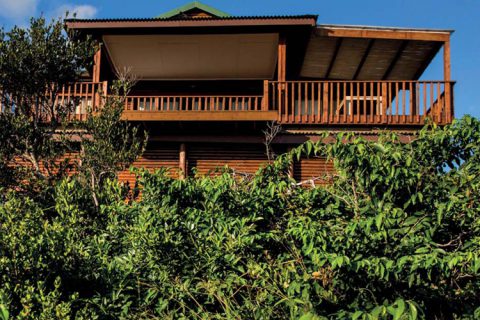

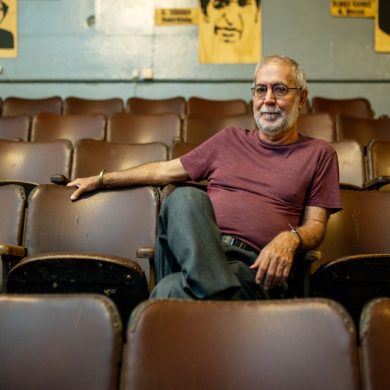

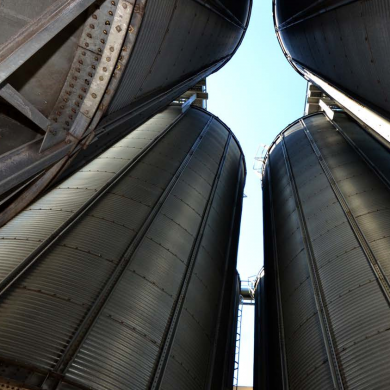

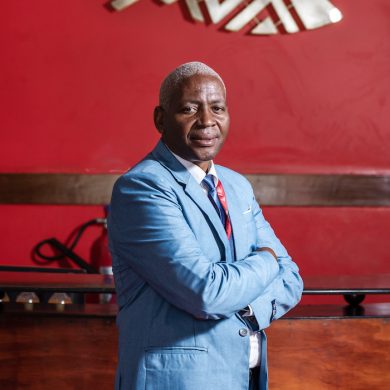

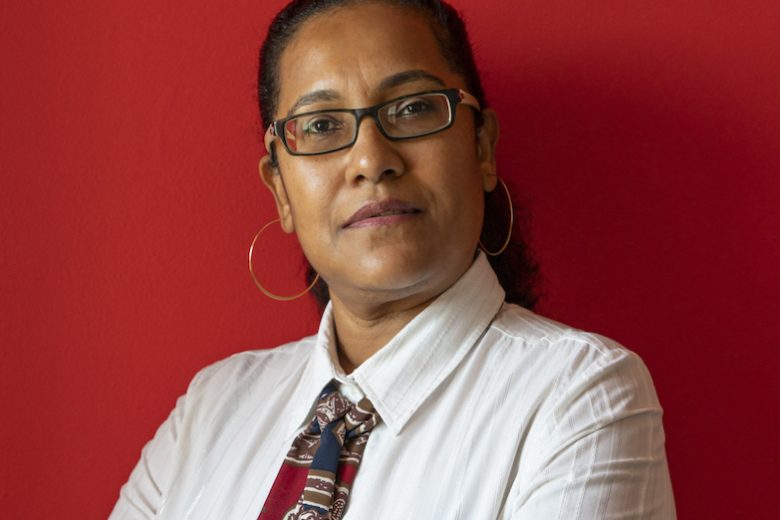













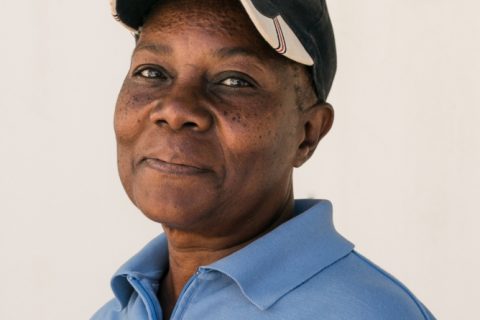
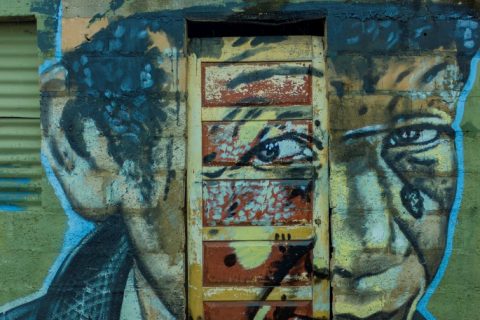


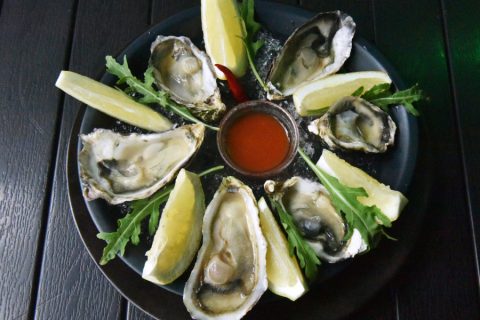

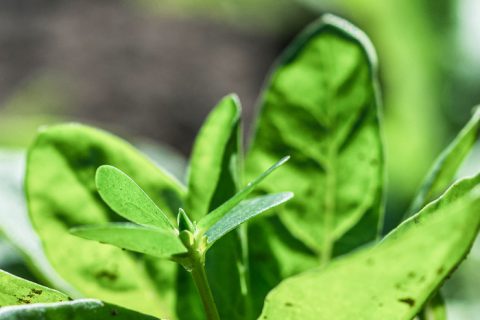
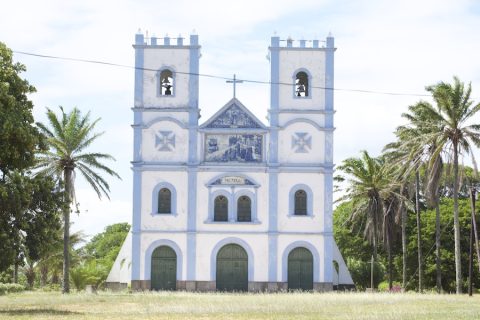
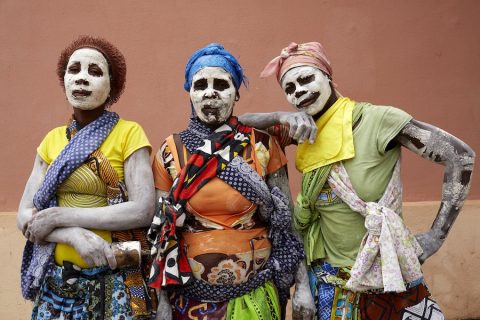
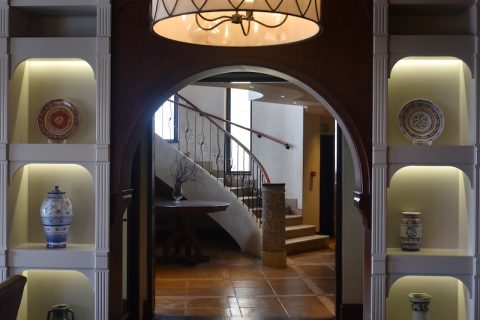


0 Comments